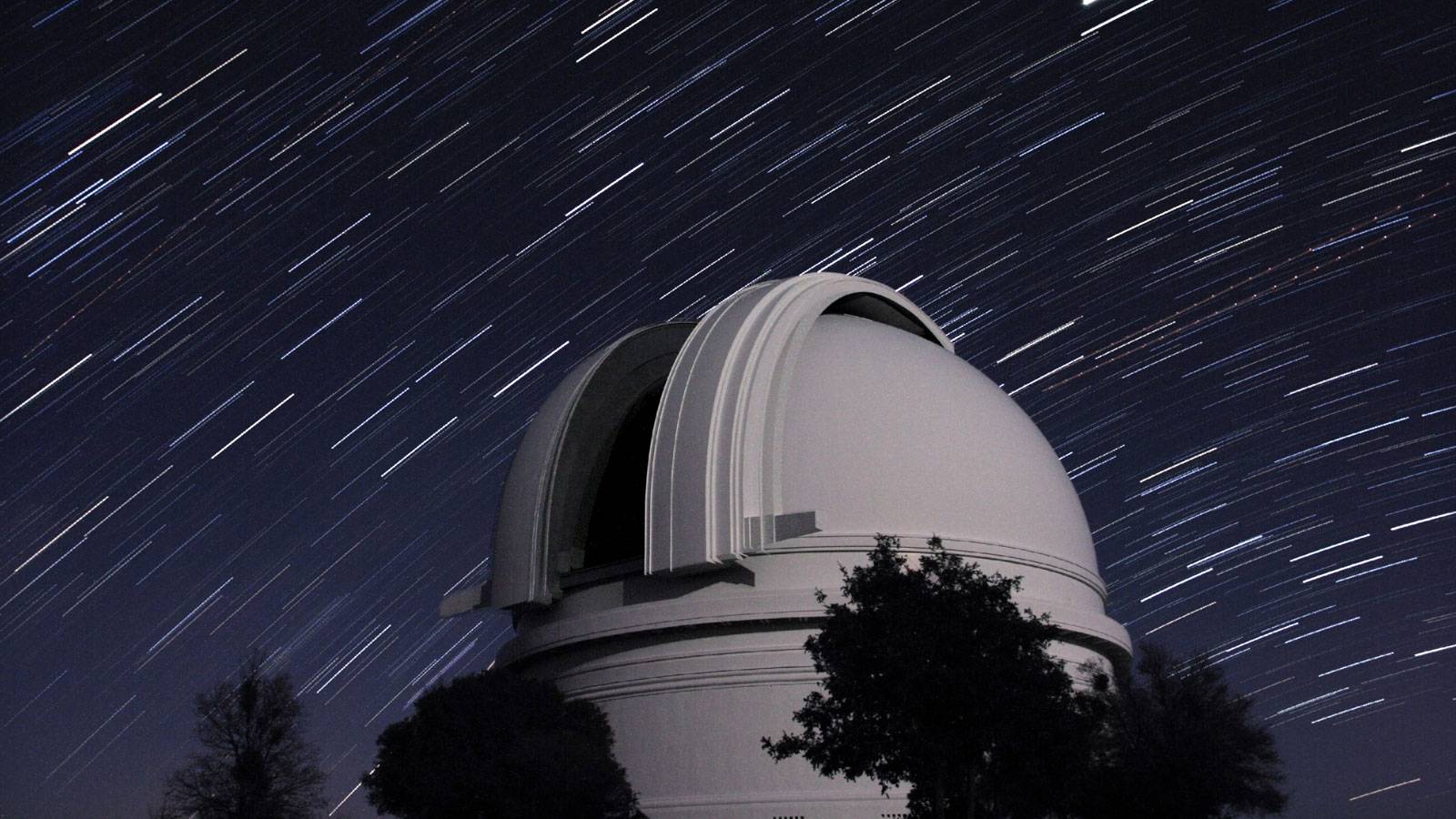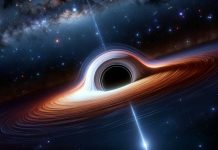NASA annually invests tens of billions of dollars to explore outer space, or to create various spaceships, or other instruments to help it discover as much as possible of what surrounds us. NESSI is one of these instruments, this being an acronym for a spectroscopic instrument from the Hale telescope, located in San Diego, and with its help those from NASA can analyze the atmosphere of the exoplanets they discover.
NASA created NESSI specifically to analyze the atmosphere of planets that are outside our solar system, and the information helps us a lot to get an idea of what is hidden in the universe. According to those from NASA, the NESSI instrument uses infrared light waves to analyze the sky, so it can also detect cold objects in the universe, such as exoplanets at great distances from Earth, and analyze them.
NASA: NESSI is the US Space Agency's AMAZING SECRET
NASA discover these planets with the help of NESSI when the light emitted by the stars they orbit decreases for very short periods of time. If NASA can detect at what time intervals these phenomena occur periodically, then with NESSI it can detect if a planet comes between the star and the Earth, and then it can analyze the universe more intensively to see what kind of planet it is .
"NESSI is a powerful tool that helps us meet with family. five years ago, to the best of our knowledge, we thought we were alone. We now know that—at least as far as the planets are concerned—we are not, and that this family is large and very diverse. We can pick out the parts of the spectrum where the molecules are, because that's what we're really looking for in the infrared in these exoplanets—molecular signatures of things like carbon dioxide and water and methane to tell us that something interesting is going on. on that particular planet.”
NASA in this way, it can discover how big the respective planet is, and NESSI analyzes the light produced before and after the planet interposes between the earth and the star, thus also detecting its atmosphere. NESSI is so advanced that it can detect the various molecules that are part of an exoplanet's atmosphere, and this is how NASA manages to discover how varied exoplanets can be at such great distances from Earth at the moment.
NASA has discovered a lot of exoplanets up to the present moment, but has provided quite little information about their atmosphere, people's expectations being, of course, much higher.

















